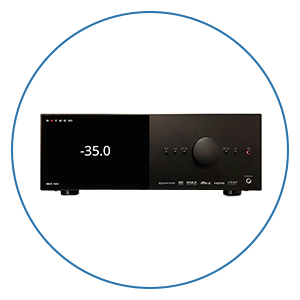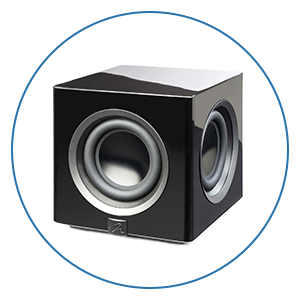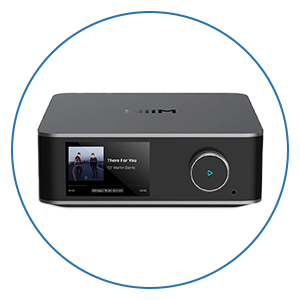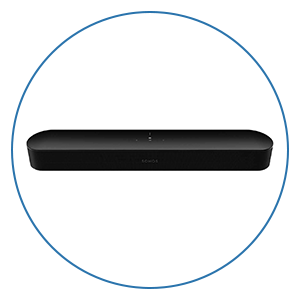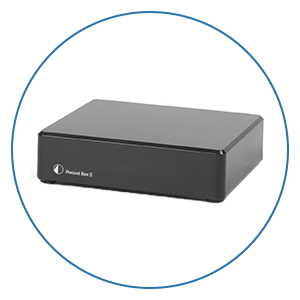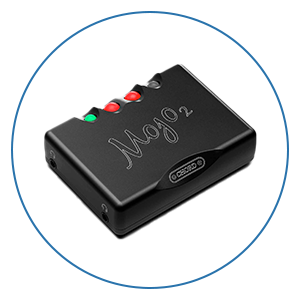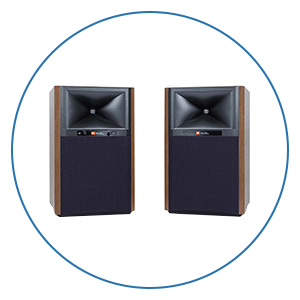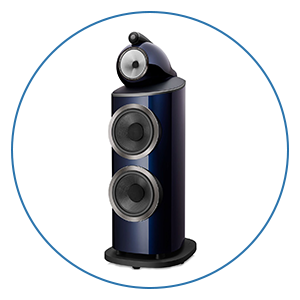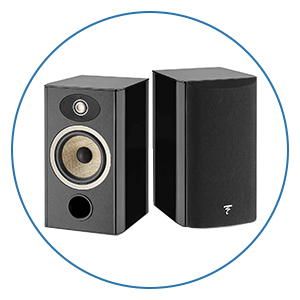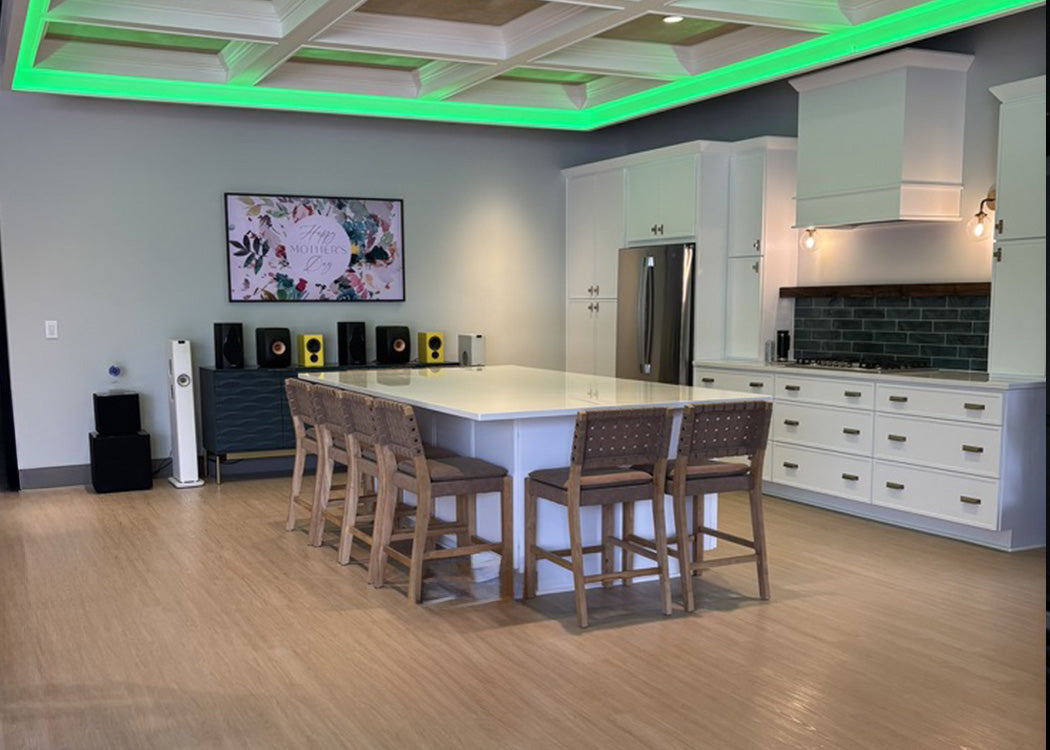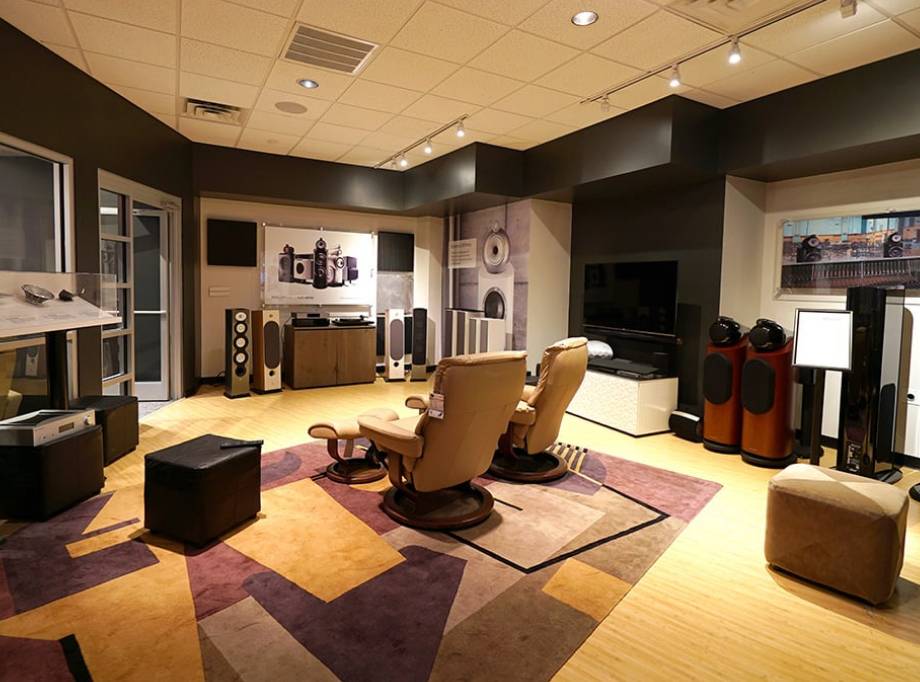Understanding the Different Types of Home Theater Speakers

Home theater speakers come in a large variety of types and sizes. You’ve probably heard all of the different names you can apply to home theater speakers. Understanding the types of home theater speakers will help you develop a great plan for your home theater budget.
When you look at all those numbers from Dolby Labs, like 7.1.4 or 5.1.2, you can see there can be a lot of speakers in a home theater. Each serves a unique purpose but ideally, you want them to be as closely matched as possible. With Dolby Atmos surround sound, those special effects flying all over the room will sound more like real life if all of the speakers have the same sonic signature. You will feel like you have your own personal movie theater in your living room if you go with a great Dolby Atmos home theater setup.
In a full scale 7.1.4 Dolby Atmos home theater sound system, you’ll have a left channel main speaker, right channel main speaker, a center channel speaker, left and right surround speakers, left and right rear speakers, Dolby Atmos speakers, and finally a subwoofer. Let’s look at how to decide where you should allocate your budget for each category.
We go over all the different possible configurations of speakers you could put together here, where we fully explain all the digits of the Dolby number scheme. It’s pretty easy though if you think about it like this. The first digit is the number of speakers that are at ear level. The second digit is the number of subwoofers used. The final digit is the number of Dolby Atmos height speakers in the system.
In addition to our world-class home theater design tool, we've given you everything you need to begin your home theater journey in Home Theater Central.
Main Left and Right Speakers
These, as the name suggests, are your left and right front speakers. They typically go on either side of your video display or behind an acoustically transparent projection screen. They could be floorstanding, bookshelf speakers, on-wall, or in-wall depending on what best fits your room and budget.
The left and right speakers receive a lot of information from the audio track of a movie or concert. These are two speakers you do not want to cut corners on. One minute they may be playing the musical score of a movie and the next, helping to knock you out of your seat with a big explosion. If all you watch is sports and low key drama with mostly dialogue, you could drop back on what you spend on the left and right, but for general use, these are some of the most important speakers in your home theater.
And remember, there is more you can do with your surround sound system than watch movies and TV. If you like concert videos or just want to listen to music in your home theater, the left and right speakers are even more important. About 75-80% of the sound in a concert video will come from the left and right channels, and if you decide to listen to some vinyl in your home theater system, 100% of the sound will be coming from the main left and right speakers.
Most people will keep their main left and right speakers for years or even decades. If you like music at all, put a good portion of your budget towards the main speakers.
Center Channel Speaker
This is the most important surround sound speaker in your home theater system. The center speaker will usually go under or above your screen or if you are lucky enough to be doing an acoustically transparent projection screen, right in the middle of it at ear height.
When watching a movie, you will not enjoy it nearly as much if you can not understand the dialogue. Almost all of the spoken voice in a movie will be in the center channel track. Many center channel speakers will be long and skinny to fit under a screen, but there are also on-wall and in-wall center channels that can do a great job.
Ideally, the center channel should be identical to your left and right speakers. When voices or soundtracks pan across the front, this makes everything totally seamless. Producers will also mix the same content across all three front channels, and if they are the same, the effect is just great.
If you are not able to have the same exact center speaker as your main left and right, make sure you at least have the same brand, and if possible, they should be in the same series within the brand. Most good speaker manufacturers will design their center channel speaker to match up really well with their floorstanding or bookshelf models in the same series.
The better brands even use the same speaker components so you get a sound that is almost identical to your left and right channels if you stick within the same series. If you have a choice of two models within the same series, always go with the bigger one if you can, as the center is so important.
Take our advice and do not scrimp on your center channel, but the good news is, you only need one!

Left and Right Surround Sound Speakers
In a home theater, you will have at least two left and right surrounds on the sides, and if your budget and room allow, another pair for the rear surround track. Just like the left and right main speakers, these can be floorstanding, bookshelf, on-wall, or in-wall.
The positioning and design of these speakers has drastically changed with the onset of Dolby Atmos. Before Dolby Atmos and its object based surround, the surround speakers were made to help give you that sense of space. Many models had speaker components on each side or on an angle sending the sound to both the front and back of the room if they were used for side surround speakers or to the sides if positioned as rear surround speakers. We also used to recommend they be mounted up higher to help create that sense of space.
All of this changed with the introduction of object based surround and its lower surround speakers, and ceiling or elevation height speakers. Now we want the sound coming from the surround speakers to be directional and not aimed in multiple directions. We also want them to be closer to ear level since we now have dedicated Atmos height speakers.
It also used to be that producers were not sending a lot of big effects and full range information to the surround channels. Since Dolby Atmos has come into being, we are observing movie soundtracks with as much information in the surround channels as the front channels.
Once again, in the ideal home theater, the surround speakers would be identical to the main speakers, but it's not very practical in most rooms to put a big floorstanding speaker on either side of your seating (if you have room though then go for it!). We will normally see an on-wall or in-wall speaker used for the surround channels.
Just like the center channel, you’ll want to have the same brand and if possible within the same model series to keep things matched up. And while the surround speakers are not as important as the main left and right, producers are increasing the content sent to these channels, so a great home theater can no longer get away with really small surround speakers.
Atmos Height Speakers
Atmos speakers are the key to the new object-based surround sound from Dolby Labs. They provide the height sound effects that make you feel like you are in the movie. While a basic 5.1 system is far better than a soundbar, going full Dolby Atmos is another whole level.
There are a few ways to get these great Atmos effects in your home theater. The first way is to us an in-ceiling or ceiling mounted speaker. Another way is to use what is called an elevation speaker. An Atmos elevation speaker is designed to sit right on top of your left and right speakers and bounces the Atmos effects off the ceiling.
If you go for 4 Atmos speakers, which is preferred, the elevation type will sit on top of your front and rear speakers. This means if you are doing elevation Atmos speakers, your rear speakers will need to either be a bookshelf or floor standing type speaker, or you might just put your Atmos elevation speakers on a stand if you are doing 5.1.4 with no rears.
There are now some left and right speakers on the market that actually have the Atmos height speaker built into the top of the speaker for a very clean look.
If getting wiring to your ceiling is difficult there are also new speaker designs coming out that are angled, so you can mount them at the intersection of your wall and ceiling to send the height effects down towards your listening area.
For those of you choosing in-ceiling speakers for your Atmos height effects, make sure to keep them the same distance apart as your left and right speakers and it's a good idea to find a model that has the speaker components mounted at an angle inside the enclosure. This way you can aim them at your listening area.
Just like all of the other speakers we’ve discussed, you’ll want to stick with the same brand when possible - if the brand makes an Atmos speaker. This is the only area where things can get a little tricky as not all high performance speaker brands have an Atmos speaker at this time. Most of the major brands do, but a few of the smaller very high performance companies do not make in-ceiling speakers at all. In this case, it pays to take the advice of someone you trust to find the best match. The same thing might also apply to elevation Atmos speakers if your main speaker brand does not make elevation Atmos speakers.
We are finding the audio engineers in the more recent films are really starting to make great use of the Atmos height speakers, so our suggestion is to go as big as will fit with your set up or budget.

Subwoofers
Subwoofers for home theaters will come in two basic types, in-room and in-wall. Most in-room subwoofers will have the amplifier built into the subwoofer. It is also easier now to find a wireless subwoofer which makes placement pretty simple. For in-wall subwoofers, the amplifier will be a separate component.
The purpose of the subwoofer is to provide deep bass. There are two parts to this. First, the “.1” track of a movie is what is called the LFE channel. This stands for low-frequency effects. This signal will be sent to your subwoofer. In addition, it is likely your other speakers will not be able to handle the very deep bass information in the other channels. This part of the soundtrack is also routed to your subwoofer.
Your home theater receiver or processor will typically let you set the frequency cut off for each set of speakers. Sending low bass information to the subwoofer instead of the speakers has two benefits. The subwoofer is specifically designed for low frequencies and will usually do a better job at reproducing the deep bass. Plus, by removing the deep bass part of the track from your other speakers, they do not have to work as hard. This makes them sound more effortless and also reduces the power demands on the amplifier driving those speakers. Deep bass takes the most power of any type of signal to reproduce, which is why you see subwoofer amps with very high power ratings.
When you think about all a subwoofer is being asked to do, it's easy to see why it is another very important part of your home theater. You’ll find subwoofers in a wide range of prices. Typically as you spend more money, you will get a subwoofer that goes deeper and can define bass tones better.
Some inexpensive subwoofers lack the ability to give a good bass definition, garnering them an industry term of “one-note bass,” meaning that they pretty much just boom with little bass definition or speed. A great subwoofer should be able to sound like an upright bass instrument, a kick drum, or an explosion and everything in between.
You will also see some subwoofers with built-in room equalization. We find this to be a big benefit, especially if your home theater receiver or processor does not provide this feature.
Finally, we highly recommend at least two subwoofers for a serious home theater. Each one will not have to work as hard and sound more effortless, plus having two in a room really helps to smooth out the bass frequencies all over the room, giving everyone in your theater great bass.
Summary
We hope this brief overview has helped you understand the function of the various types of home theater speakers. Next time a friend asks you what 7.1.4 means, you’ll hopefully be the expert! And if you’re considering building a home theater or media room, our home theater central at audioadvice.com has everything from our free home theater design tool to buyer guides, installation videos, an inspiration gallery, and everything you need to get started on your home theater journey. In addition, we have our free home theater design tool that lets you put in all the dimensions of your room, seating layout, speaker layout, screen size, and more and does all the calculations of where to place everything in real time. If you have more questions, our experts are available via phone, chat, or email as well and can help you along the way.


